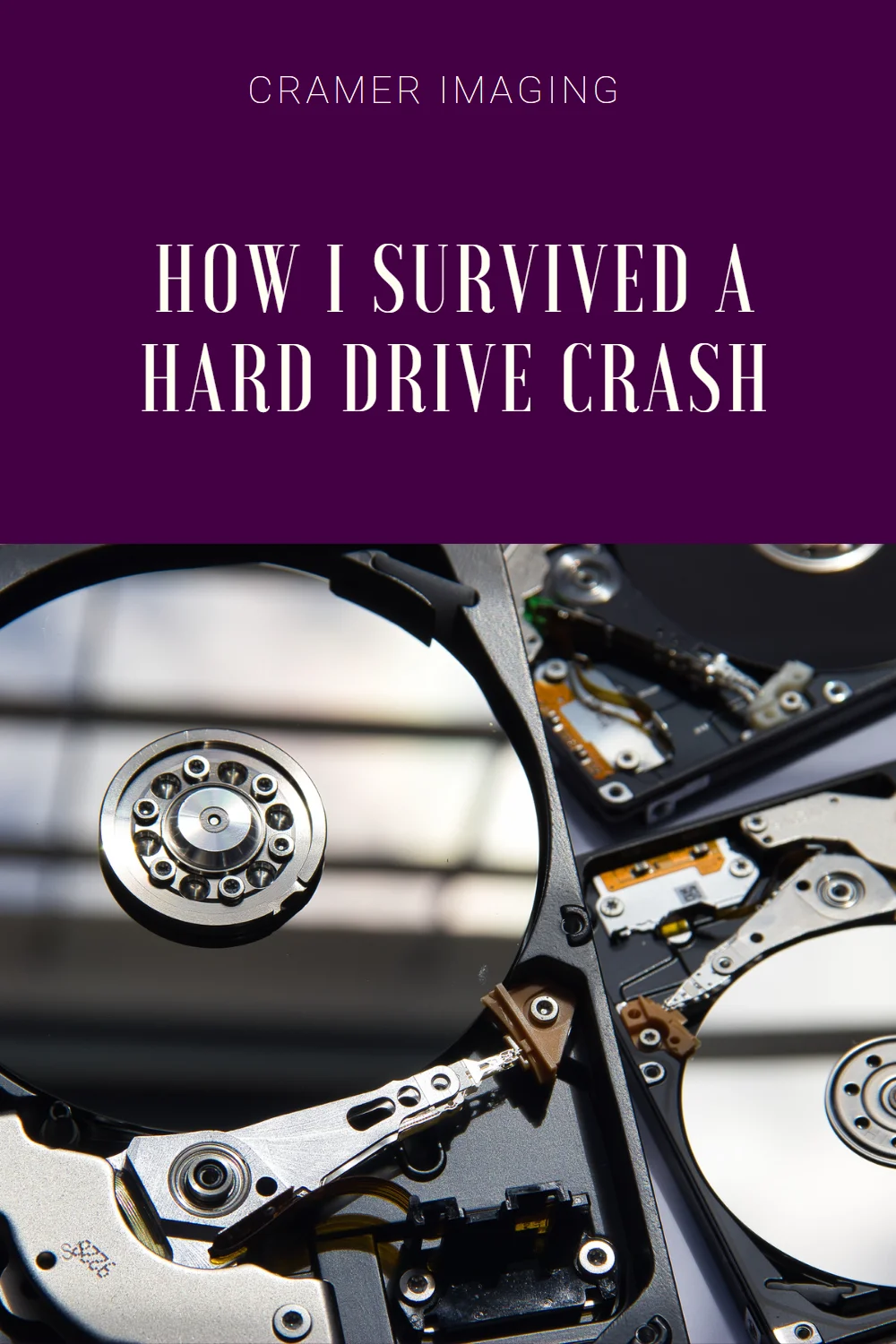
Why should you have backups? Because bad things happen, like hard drive crashes. We were neglecting proper backups. Money was tight for us and we allocated it for other purposes. We figured we could skate by for a while without a good backup system. That was a BIG mistake. You can NEVER go without a backup! It doesn’t matter if you’ve never needed a backup. When you find you do need one (and it will eventually happen), your backup (or lack thereof) could be the difference between whether or not you get to stay in business. This is the story of what really happened to us when we faced a hard drive crash and we didn’t have a backup system in place.
In our case, the “D:/” drive (where we had been storing our full-resolution photos) started claiming it was unformatted just out of the blue. I hadn’t done anything except try to access data on it when we noticed the problem. Of course, the data was still there because we had not reformatted the drive. However, we found that the “file allocation table” (essentially the drive’s table of contents) became corrupted or completely wiped out altogether. This made the data entirely inaccessible. This was a hard drive crash.
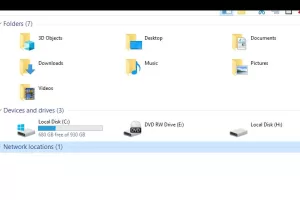
The file allocation table keeps track of where each file starts and stops along with where it could be broken into parts due to space limitations. It also holds file names and some other useful information in many cases. With the table gone, the data was on the hard drive but the system couldn’t recognize it. All the computer could do was randomly read into the data and try to make sense of it; something it failed at miserably.
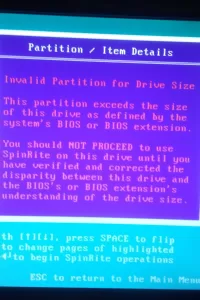
We tried several rescue methods but nothing standard we tried worked. None of the traditional rescue tools available (even some pay ones) could rescue the data. In desperation, my spouse fell back on his roots: Linux.
Linux is a different kind of operating system for those accustomed to the worlds of Windows and MacOS. It’s freeware, meaning you don’t need to buy a license to use it. Android devices run on top of a hidden version of Linux.
What the core of Linux does, when run without the user friendly add-ons, is almost nothing to protect the user from doing anything stupid. This also gives the user the power to do many things without the operating system trying to tell you that doing something is too dangerous. That makes Linux is a powerful tool if you know what to do with it.
My spouse tried connecting to the broken hard drive under Linux directly but even Linux wouldn’t read it. He had a lot more work to do if he wanted to recover the data and photos currently lost.
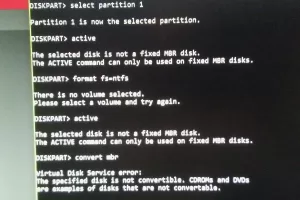
Since the drive itself couldn’t be read directly, he had to find a way to copy the data off of it which meant he needed to copy the data to a spare hard drive. Fortunately a family member had a spare drive that he could install to copy the recovered files to. Next on his list was to find a tool capable of reading the files (not an easy task by the way).
After a little more research he found some tools that run under Linux. The one he used was called Ultimate Boot CD. It had several Linux based tools on it. It boots Linux off of a CD and allows you to run Linux based tools. The one he used was called PhotoRec. It went through the hard drive sector by sector and recovered all of the files on the drive.
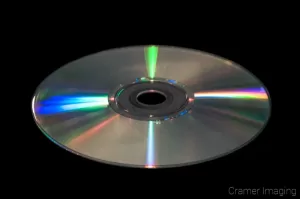
The recovery took over a week. We couldn’t turn off the computer or we’d have to start over, so we were in it for the long haul. It found a lot of files right off. After a few hours it seemed to stop finding files, but if we watched closely, it would find another new file every few hours.
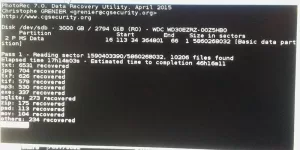
After more than a week, PhotoRec finished running and recovered thousands of files. What it didn’t do was recover the directory structure or the filenames. I got several directories full of files with names made up of letters and numbers. Fortunately the software was able to determine the file type (jpeg, psd, tif, doc, etc.), so we could find the images we’d lost by opening every single one. That was a long process too.

Thankfully, I did not store my Lightroom catalog on this crashed D:/ drive so all my edits were still available. All I had to do was point Lightroom to the proper file once I found each file. Everything was restored instantly once Lightroom reconnected with the missing files. That was a chore though. I had to find each file location, sometimes without a preview attached. For those, I had to guess what they were based on date and what filename Lightroom had attached to the empty entry in the catalog.
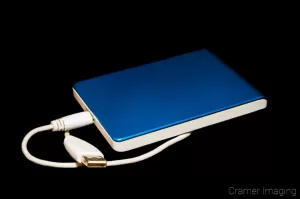
In the end, there were a few broken and unrecoverable important Photoshop files. However, I managed to recover the vast majority of the files (including versions of all my photos) from the hard drive crash. It was a terrifying and painful ordeal to reconstruct my photo library but we learned our lesson. We’re now in the process of creating a backup system for my photos to make sure that this doesn’t happen again. If we get another hard drive crash, it won’t be like this again.


Receive monthly updates in your inbox from us.

Join our email-only photo of the week club to get the full stories behind how we captured our favorite fine art landscape photos.
We respect your privacy
No More Results